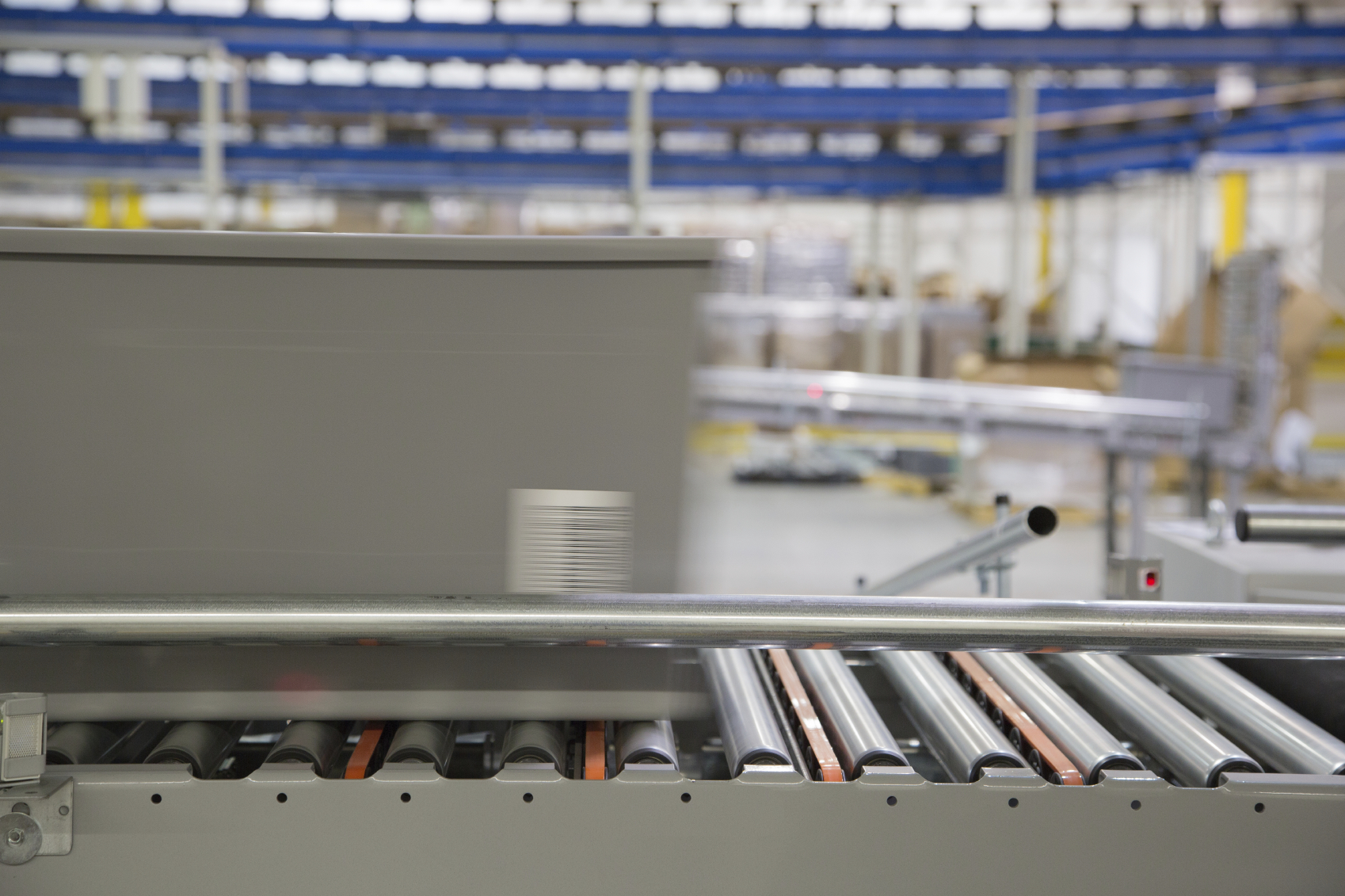Business process automation: Where it works, and where it doesn't


But not every business process is a good fit for automation, so it's incumbent upon companies to determine which processes are best suited to automation and which ones are best handled by humans. How do companies select which business processes to automate?
Companies start by looking at the strategic and operating drivers for process improvement in their organizations and industries. For instance, in today's global market, nearly every company is feeling pressure to get goods to market quickly and to be first to market whenever possible. In a highly price-competitive environment, companies are also under great pressure to economize their operations to improve their margins, since it isn't always possible to raise prices.
Consequently, companies look to automate business processes that are time- and resource-intensive operationally, that are subject to human error, and that can be accelerated with automated process improvements achievable through machines and technology. If automating business processes speeds product to market, improves revenue capture, or reduces operating expenses so margins can improve if pricing needs to be kept flat, so much the better.
Areas where BPA is producing great results
Rote and repetitive tasks
Assembly work on the manufacturing floor, automated project management task and status software updates, auto security monitoring and lockdowns of facilities, time tracking, and automated process flows for order filling, inventory management, shipping, purchasing, and billing are examples of rote and repetitive business processes that are predictable and manageable through automation. By reducing the manual work in these business processes, the tasks can be done uniformly and with a dramatically reduced chance of human error. Human resources are also freed up to do work that demands more critical thinking.
Difficult decision-making that is machine-addressable
A great example is the credit or loan desk in a bank branch or back office. A customer comes in and wants to be qualified for a credit card or a loan. An employee in lending who has the loan app process down but has only a limited background in underwriting uses software automation in the loan approval process to run a financial analysis and credit check of the customer. Almost instantaneously, the loan officer is able to tell the customer the amount of a loan she qualifies for and under what interest rate and other conditions.
Meanwhile, in the bank's card services area, a processing clerk is automatically notified at his desk by fraud detection software whenever a potentially suspicious fraud pattern emerges. He immediately locks down the card and calls the cardholder.
Without the help of automated decision-making, neither the loan officer nor the card service clerk would be able to act on these business scenarios so quickly. The company saves money; it reduces the risk of an employee making a decision on credit that might not be sound; and it pleases the customer because she gets an answer right away.
Sensor-based tracking and alerts
Companies are beginning to leverage Internet of Things (IoT) technology like sensors and networks to propel their automation. The goal for companies is to achieve end-to-end visibility of vital business processes that occur outside the enterprise walls. Examples include the placement of sensors on cargo-bearing containers that track container movements and issue alerts when container seals are broken, or when the temperature and humidity environmental conditions malfunction in containers carrying medicine or foodstuffs.
Self-service employee portals
From anywhere and at any time, employees can now make changes to their 401k investment options, other HR elections, and even take online training courses that further their career development. The system registers these changes and tracks progress without the requirement of a trainer or an HR person to facilitate the process.
Manual tasks that are risky or may cause injury
Increasingly, companies want to avoid sending employees to do hazardous or risky jobs. Automation contained in unmanned trucks, unmanned aerial vehicles (UAVs), and robots can perform and report on many of these tasks. The job might be to scout a difficult and treacherous patch of rugged terrain, or to enter a highly radioactive facility, or to walk miles of concrete aisles in a warehouse day in, day out -- when a robot can do the walking and pick the orders for you.
IT back office processes
Nighttime data center operations and batch processing are largely automated in most companies. This eliminates the need for most nighttime IT operations staff, with staff only being called into action via auto alert if a processing situation arises that requires human intervention.
Research
The benefits of automated database searches that use big data as well as traditional records are just beginning to be recognized for their ability to replace functions that were formerly and laboriously done by staff. Among the research repositories being tapped with automated business processes are crime records, legal case law, life sciences research, weather and climate research, insurance and financial risk analysis databases, manufacturing/engineering parts cross references and healthcare records and demographics.
Document management
This has been incorporated in business processes that range from purchase order and order processing to budget approvals. Electronic requests, signatures, approvals, and archiving are all orchestrated into an end-to-end, paperless workflow.
When automation isn't a good idea
Companies with the highest mastery of BPA understand when automation can get in the way of vital business processes. One cardinal rule is to think very carefully before introducing automation to your customer-facing processes.
A customer might appreciate being able to automatically book a hotel or a travel reservation without having to wait to speak with a human agent, but she is considerably less appreciative of complicated call attendant automation with multi-layered, drill-down phone trees, and sometimes a phone disconnect at the end of the process. In the customer's mind, this is the company telling her that it doesn't want to be engaged with unless the customer is planning to buy something.
Decisions that humans need to make are not suited to total automation. For example, last year, I visited with the CIO of a major European credit card processor. The company had just automated its data center for total system failover and disaster recovery. Despite this fully automated capability, the CIO insisted that the business process wrapping around the automation include a final human decision that would be made by a senior executive on whether to push the disaster recovery and failover button.
Some companies that have introduced voice- and visual-based automation discovered that the automation's sensory and/or translational mechanisms are unable to capture and respond to all of the varieties of information coming in from the physical environment that they are expected to interpret. Natural language translators (e.g., from English to Spanish) are a prime example. Enunciation and translation aren't always perfect, so you run the risk of introducing miscommunication that can generate an error in a business process.
The optical sensors on automated vehicles can miss vital environmental cues, resulting in accidents. In these cases, the environments that optical automation operates in should be tightly circumscribed so that less information is left to interpretation.
Best practices for building automation into workflows
The businesses that are most likely to succeed in their BPA efforts rely on three important manual best practices as they build automation into their workflows.
1: Define specific automation goals, and measure results on a phased-in approach to adoption
BPA investments are expensive. Unless the investments are well integrated into business workflows and can achieve cost, revenue building, safety or other business goals, they run the risk of being categorized as imprudent expenditures when revisited two or three years later.
Savvy organizations avoid this by carefully reviewing their business goals and processes and then determining what the payback must be for the automation they invest in. The organizations introduce automation in phases so they can measure against the expectation metrics that they have set. If the automation doesn't meet expectations, they pull the plug with limited investment. This step-by-step approach protects them from the risks of 'big plunge' investments that might not work out.
2: Train employees in the automation process
Before banks introduced automated loan underwriting software, loan officers individually reviewed loan applications and determined how much to lend. Although they secured supervisory approvals, the officers' decision-making on loans wasn't always uniform, which created risk. When banks introduced automated loan-decisioning software that operated by a uniform set of underwriting rules, employees had to be thoroughly trained into the new business process so they would understand not only the process, but what their revised roles in it would be. This training process didn't happen overnight, and it required an investment in time and effort, but it enabled banks to reach their goals.
3: Always have a human failover option for all automation
In 2001, the first telesurgery was performed, when doctors in the US removed a gallbladder from a patient in eastern France by remotely operating a surgical robot arm. A human surgeon was standing by in the operating room in France, ready to take over in case the robotic automation failed. The surgery was successful, and the robot performed as expected.
All business processes containing automation should make similar provisions. A human should be able to intercede when needed, so the company can continue to function if automation is disrupted.